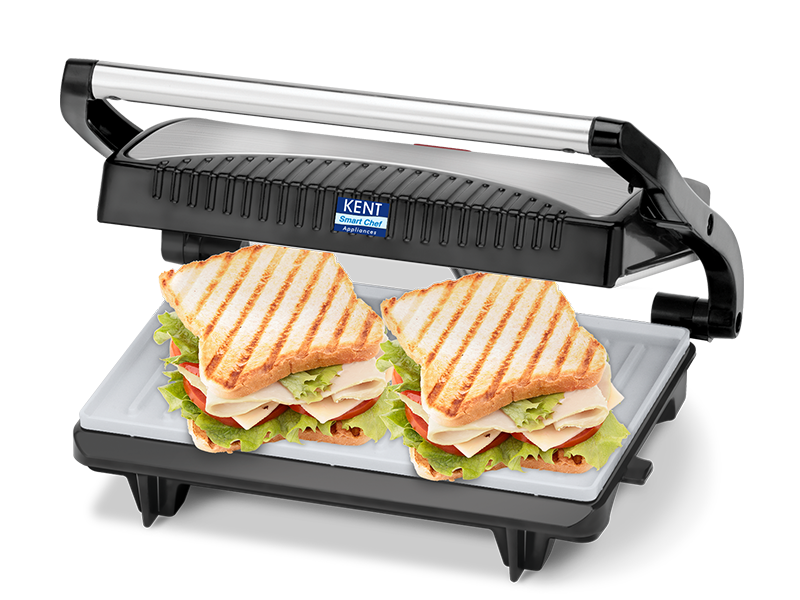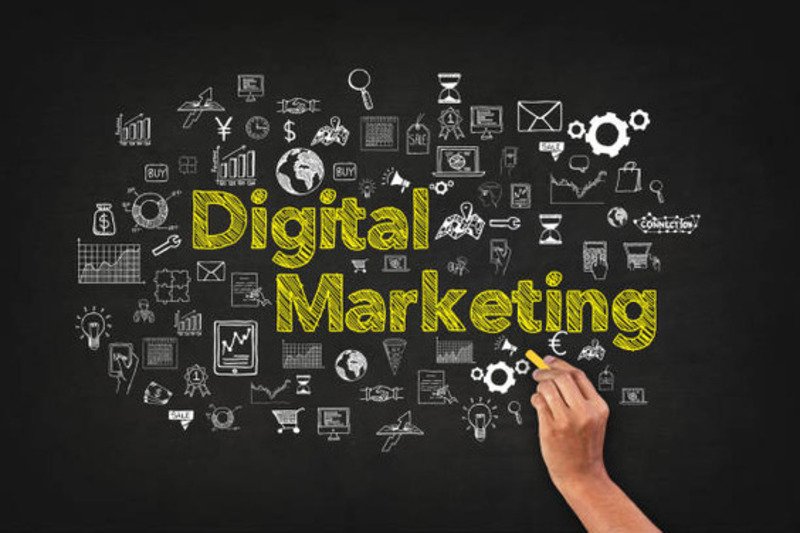The decision of whether to stay or leave is made on your landing page, which is like your brand’s online handshake. It’s the moment when curiosity transforms into activity, be it buying something, subscribing to your newsletter, or downloading a freebie. A well-designed landing page is the result of the correct combination of intelligent SEO, engaging text, and a layout that takes your visitors into consideration.
1. Have a Clear Goal in Mind
The most effective landing pages are well-targeted. Choose one: event registrations, leads, or sales. That should be the focus of your call to action (CTA). Doing too much at once might perplex people and lower your outcomes.
2. Compose an attention-grabbing headline.
Your headline is your initial impression. Keep the focus on the value you’re providing, and keep it brief and powerful. Make visitors want to continue reading by using action words, numbers, or a hint of mystery.
3. Attract the Appropriate Audience with SEO
Without the correct traffic, a fantastic landing page is worthless. The key to ranking for the keywords that your audience is actually searching for is search engine positioning. In your title tags, meta descriptions, and throughout your material, include longtail keywords.
Use Pinterest SEO if your product or service is visual. To generate high-quality clicks, use vertical photos, provide keyword-rich descriptions, and provide a direct connection to your website.
Improve visibility with video search engine optimization if you’re using video. Upload your video to YouTube with a keyword-rich title and description, and then embed it on your landing page. This may lead to higher conversion rates and more time spent on each page.
4. Write in a way that appeals to your audience
Write as if you were speaking to your guest. Concentrate on the advantages rather than simply the features, and use bullet points and short paragraphs. Ask yourself:
What do they gain?
What reason do they have to believe you?
How soon will they see results?
5. Provide Social Evidence to Establish Trust
People are more likely to trust other individuals than brands. Present reviews, testimonials, and case studies. Include the logos of well-known firms or publications if they have highlighted you.
6. Ensure that Your Call to Action Is Noticeable
The call to action must be impossible to miss. Employ lively colors, action-oriented words, and explicit actions. Use a more captivating phrase, such as “Begin My Trial” or “Get My Free Guide,” rather than “Submit. “
7. Ensure it is quick and compatible with mobile devices
Since the majority of visitors will be using their phones, your landing page must load quickly and display well on all platforms. Google PageSpeed Insights and other tools may assist you in identifying potential problems before they negatively impact your conversions.
8. Purposeful Design
Use white space to direct people’s focus to your CTA. Use icons, photographs, or a brief video to back up your message. Good images or demonstrations might make a significant difference when it comes to products.
9. Use video to maintain visitor engagement.
The effectiveness of your landing page may be enhanced with video. Visitors may comprehend your offer more quickly with a brief explanation or product demonstration. Additionally, the film may attract visitors from outside sources like YouTube if you adhere to the best practices for video search engines.
10. Start with SEO planning
Don’t consider SEO until your website is finished. Begin by establishing a transparent SEO plan that outlines your target keywords, competitor analysis, and on-page optimization strategies, ensuring that every aspect of your page promotes your ranking objectives.
11. Continuously Test and Improve
Use A/B testing to experiment with different headlines, button designs, or photos rather than speculating on what might be effective. Even a minor adjustment may occasionally improve your conversion rate.
12. Don’t let anything distract you.
Avoid any additional menus, sidebars, or irrelevant links. Visitors to your landing page should be directed directly to your CTA, without any detours.
13. Keep track of the results.
Track conversions, use heatmaps, and utilize analytics to understand how people engage with your site. The more you understand visitor behavior, the easier it is to make significant changes.
A Real-World Illustration:
Imagine you’re beginning an online course. “Beginner digital marketing course” is listed as your primary keyword in your SEO Proposal. “Master Digital Marketing in 30 Days — No Experience Required,” is the title of your article.
You upload a 90-second introductory film to YouTube (optimized for Video Search Engine) and then embed it on your landing page. Pinterest SEO brings in traffic via captivating pins that include keyword-driven descriptions. In the meantime, you employ search engine positioning strategies to get your page to the top of Google’s search results. The result? Increased traffic, longer interaction, and increased registrations.
Wrapping It All Up
The ideal combination of a well-thought-out plan and a positive user experience makes for a successful landing page. You can create a page that is not only aesthetically pleasing but also functional by incorporating Pinterest SEO for visual reach, Video Search Engine optimization for engaging media, Search Engine Positioning for visibility, and building from a solid SEO Proposal.






Leave a Reply